Deserts are areas of our earth that receive less than 250 millimeters of rainfall per year. Deserts cover a third of the planet’s land surface. There are hot, cold, and polar deserts. Hot deserts [hot deserts] are commonplace in the tropics. Extreme atmospheric temperatures characterize these areas. The thermometer can reach fifty degrees Celsius by day, [50˚ C by day] and drop as low as zero degrees at night. [0˚ C at night] The high temperatures cause near-total evaporation and make the presence of water almost impossible. The Sahara and Kalahari deserts in Africa, the Atacama desert in Chile, and the central desert of Australia are considered hot deserts. Cold deserts are generally located outside the tropics. They are usually found at high altitudes or sealed off by mountain ranges that create a barrier against oceanic moisture. In cold deserts, summers are torrid and winters extremely cold. Cold deserts include the Taklimakan in northwest China, the Gobi Desert in Mongolia, and the Patagonian desert.
Polar deserts present different characteristics. Found in the interior of Greenland, in the polar regions of the Arctic north, and in Antarctica, these deserts lack water because the ground is permanently frozen. There is ice, but no water. Vegetation is absent. The few animal species that can survive in polar deserts include seals and penguins. Deserts can be rocky or sandy. Rocky deserts are covered by rocks and stones. Sandy deserts are characterized by dunes, sand hills sculpted by the wind. There is little animal or plantlife in deserts. Animals capable of surviving in a desert usually have a high resistance to hunger, thirst and extreme temperatures. Examples include vipers, scorpions, and a few mammals like camels and small rodents. Desert vegetation is made up of plants that can survive for a long time without water, including scrub bush, acacias, cactuses and other succulents. Man has been able to adapt to life in the desert around oases, the relatively fertile, verdant areas where water is readily available.
Polar deserts present different characteristics. Found in the interior of Greenland, in the polar regions of the Arctic north, and in Antarctica, these deserts lack water because the ground is permanently frozen. There is ice, but no water. Vegetation is absent. The few animal species that can survive in polar deserts include seals and penguins. Deserts can be rocky or sandy. Rocky deserts are covered by rocks and stones. Sandy deserts are characterized by dunes, sand hills sculpted by the wind. There is little animal or plantlife in deserts. Animals capable of surviving in a desert usually have a high resistance to hunger, thirst and extreme temperatures. Examples include vipers, scorpions, and a few mammals like camels and small rodents. Desert vegetation is made up of plants that can survive for a long time without water, including scrub bush, acacias, cactuses and other succulents. Man has been able to adapt to life in the desert around oases, the relatively fertile, verdant areas where water is readily available.
RELATED
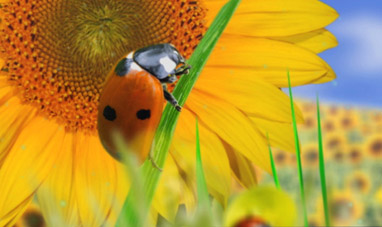

LADYBUG
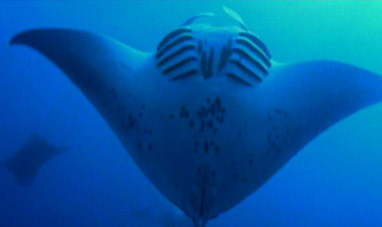

MANTA RAY
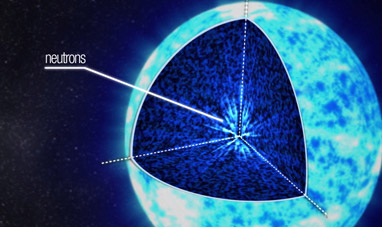

SUPERNOVAS
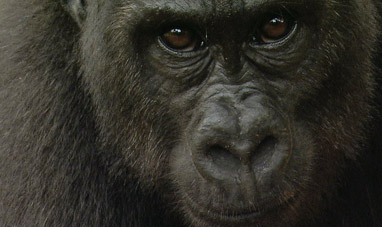

GORILLA
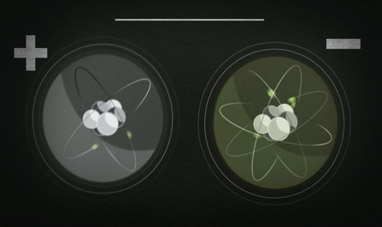

CHEMICAL BONDS


AIDS


CLOUD COMPUTING
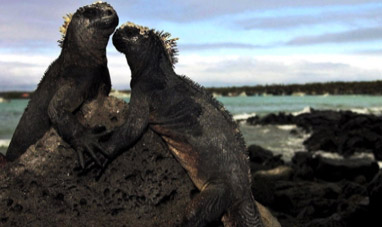

IGUANA
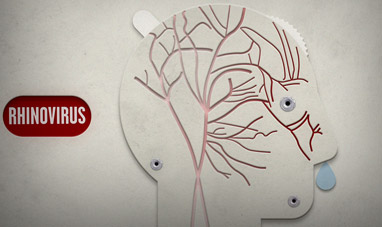

COMMON COLD
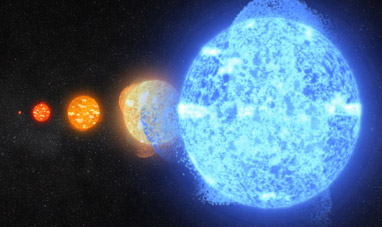

STARS
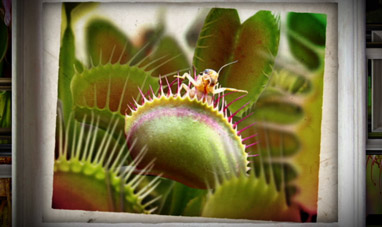

CARNIVOROUS PLANTS
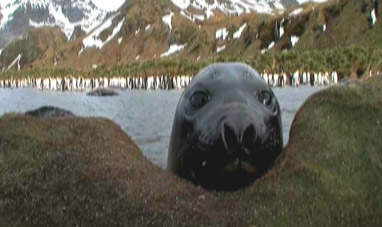

SEAL


MARCO POLO
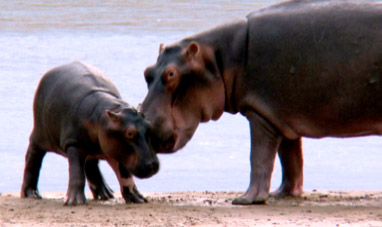

HIPPOPOTAMUS


CENTRIFUGAL FORCE
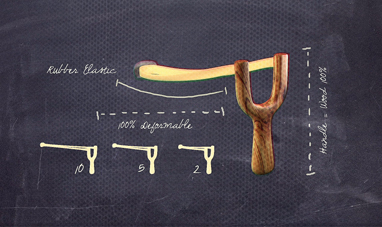

NATURAL RUBBERS
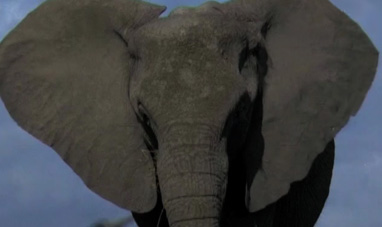

ELEPHANT
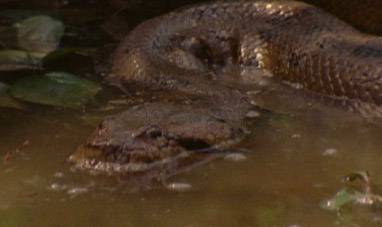

ANACONDA
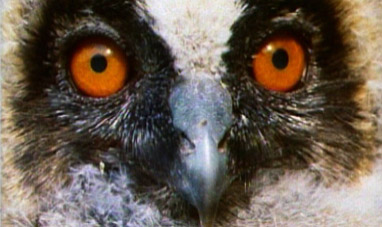

OWL


FACEBOOK
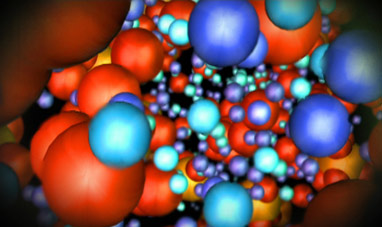

QUANTUM PHYSICS
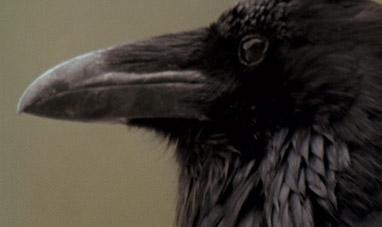

RAVEN
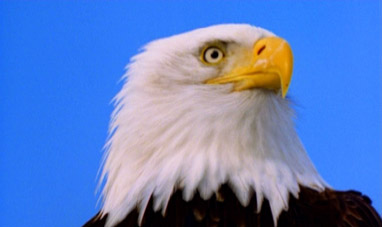

EAGLE


WHEAT
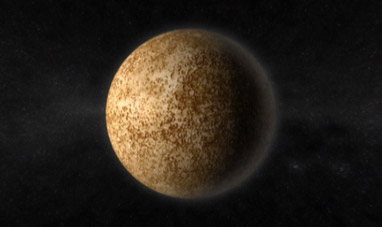

MERCURY
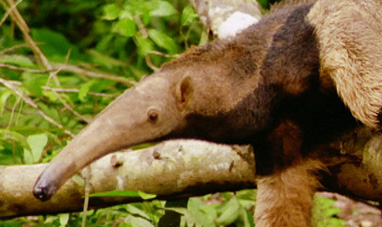

GIANT ANT EATER


AMAZON
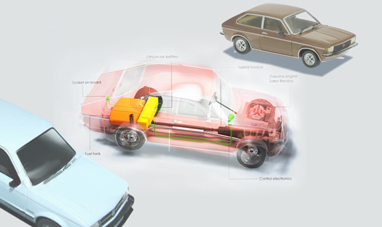

HYBRID VEHICLE


EOLIC
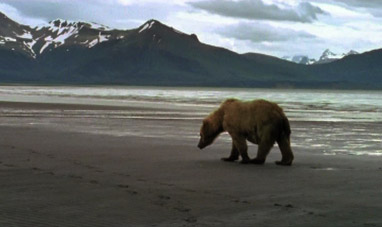

BEAR
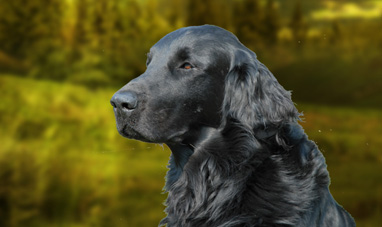

DOG
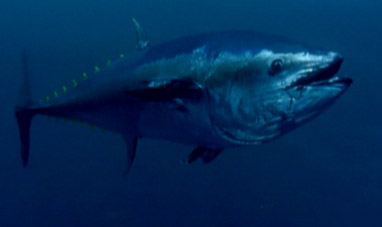

TUNA
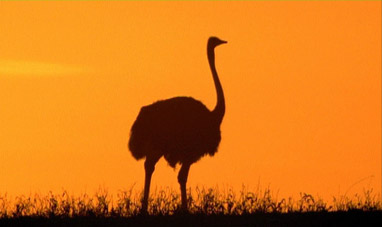

OSTRICH
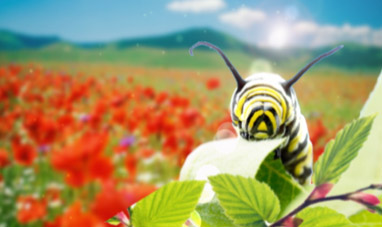

CATERPILLAR


LOTUS PLANT
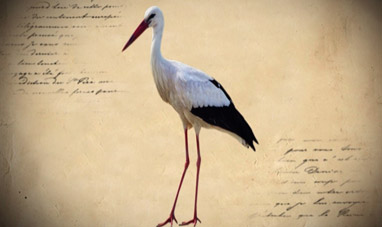

STORK
